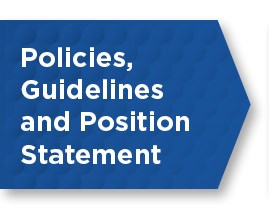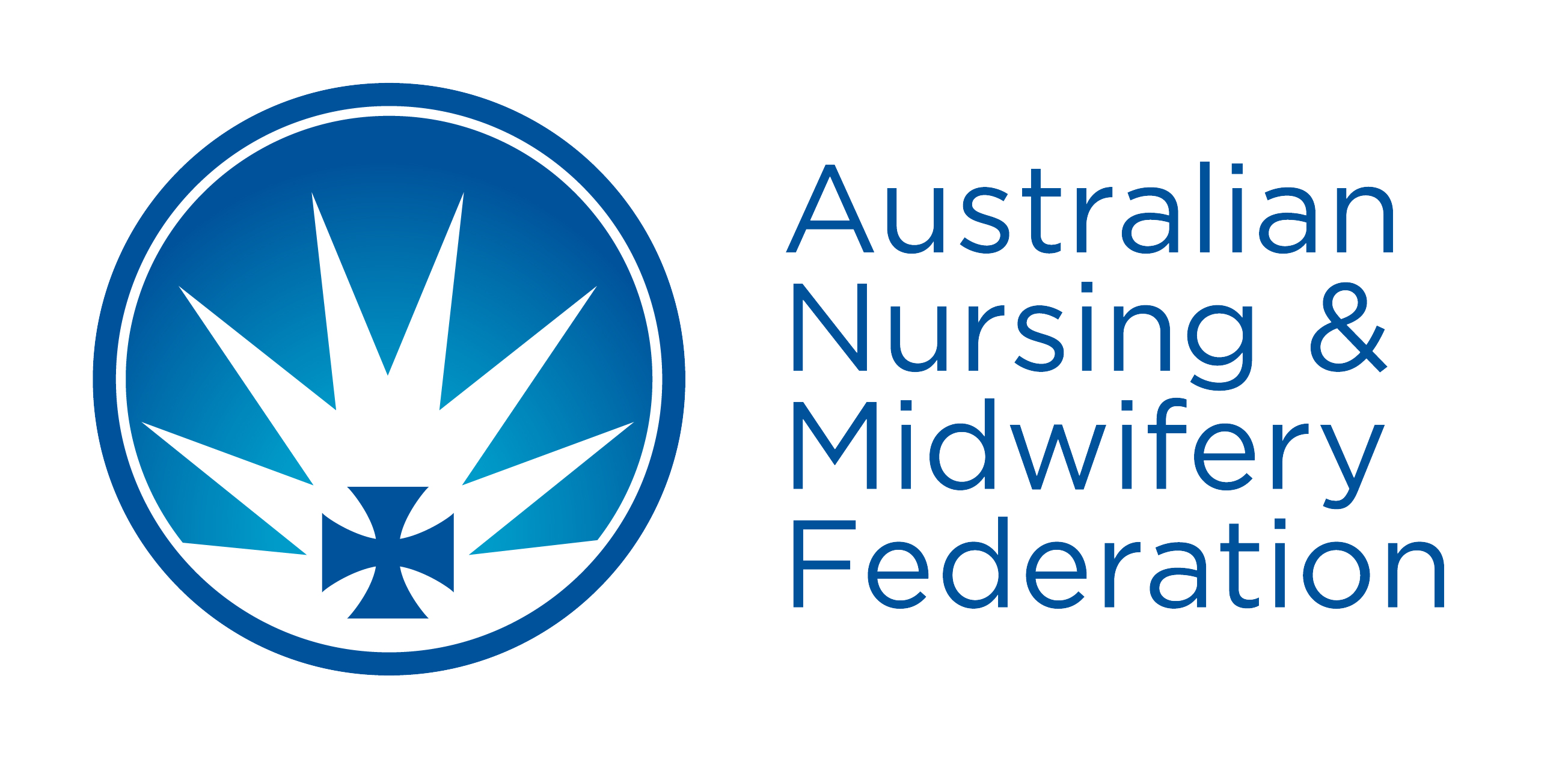
Quality Use of Medicines
Nurses and midwives, as registered health practitioners, have a key role and responsibility to ensure the quality use of medicines.
Medicines are only one therapeutic strategy for promoting and maintaining health, managing ill health and alleviating discomfort and disease.
Quality use of medicines requires that the medicine be appropriate, be available at a price people can afford, and that it be dispensed and administered correctly by appropriately qualified registered health practitioners, in accordance with the assessed person’s needs.[1]
Quality use of medicines is defined under the Australian Government’s National strategy for quality use of medicines[2] as:
- selecting management options wisely by: considering the place of medicines in treating illness and maintaining health; and recognising there may be better ways other than medicine to manage many disorders;
- choosing suitable medicines, if a medicine is considered necessary, so that the best available option is selected, taking into account: the individual; the clinical condition; risks and benefits; dosage and length of treatment; any co-existing conditions; other therapies; compliance issues; and costs for the individual, the community and the health system as a whole; and;
- using medicines safely and effectively to get the best possible results by: monitoring outcomes; minimising misuse, overuse and under-use; and improving people's ability to solve problems related to medicines, such as adverse effects or managing multiple medicines/polypharmacy.
Nurses and midwives have responsibility and accountability for medicines in accordance with the drugs and poisons legislation (however titled) of the state or territory in which they work.
Nurses and midwives have a responsibility to:
- assist people to make informed decisions about medicines by providing evidence-based information, education and discussion;
- be aware of the risks and benefits of medicines, the possibility of not using medicines and the importance of a healthy lifestyle;
- use evidence-based information, resources and services to make decisions and take actions that enable medicines, when required, to be chosen and used wisely;
- maintain contemporaneous knowledge and skill to utilise medicines appropriately and to their optimal effect; and
- use their knowledge and, if required, question the appropriateness of medicine prescribed.
Registered nurses and midwives, and enrolled nurses, in consultation with pharmacists and medical practitioners, are the appropriate and qualified persons to administer medicines to individuals who are unable to self-administer their medicines.
Enrolled nurses who have completed the education to allow them to administer medicines, do so in accordance with their qualifications and organisational policy. Those who are not educated to this level will have a notation on their registration which states “Does not hold Board approved qualification in administration of medicines”.[3]
Appropriate legal, statutory and educational frameworks must support the role and scope of practice of registered nurses and midwives in relation to the administration, initiation, prescribing, supply and adjustment of medicines.
The role of care workers (however titled) in medicines use is limited to that of assisting people when self-administering their medicines from pre-packaged dose administration aids. Care workers nursing should not be administering medicines and should not be directed by employers or facility staff to practice outside this role.
Best Practice Guidance for Medicines Use by Nurses in Aged Care
Developed by the ANMF, the Best Practice Guidance for Medicines Use by Nurses in Aged Care supports the safe, effective, and quality use of medicines in nursing homes. It provides clear, evidence-based direction to registered and enrolled nurses, ensuring their practice aligns with the National Law and the Nursing and Midwifery Board of Australia’s standards for practice.
This guidance builds upon the ANMF’s longstanding commitment to excellence in aged care. It is the result of an extensive review and refinement of the ANMF Nursing Guidelines: Management of Medicines in Aged Care, reflecting the latest advancements in pharmacology and nursing practice.
Medicines play a critical role in the health and well-being of older people, yet their use in aged care presents unique challenges. As frontline caregivers, nurses must navigate complex medicines regimens with skill, diligence, and an unwavering commitment to safety. This guidance equips them with the knowledge and confidence to manage and administer medicines effectively, reduce the risk of adverse effects, and optimise therapeutic outcomes for older people.
More than just a set of instructions, this document is a practical tool for empowerment. It supports nurses in making informed decisions, collaborating effectively with other health practitioners, and advocating for the best possible care. While this edition primarily addresses medicines use in nursing homes, its principles are equally applicable to aged care services in the community.
Our commitment to excellence in medicines use is a fundamental aspect of our broader endeavour to enhance quality of life for the people for whom we provide care. It is through continuous learning, adherence to best practice, and a shared commitment to excellence that we can truly make a difference in the lives of older people.
This guidance serves as an essential resource for ongoing improvement in aged care practice, ensuring the highest standards of safety, quality, and support for our ageing population.
Best Practice Guidance for Medicines Use by Nurses in Aged Care
Nurse and Midwife Prescribing
Prescribing is an iterative process involving the steps of information gathering, clinical decision making, communication, and evaluation that results in the initiation, continuation, or cessation of a medicine.[4]
Independent prescribing by registered nurses commenced in 2000, with the establishment of nurse practitioners. In 2010, midwives with scheduled medicines endorsement were also permitted to prescribe independently. For decades, registered nurses and midwives have engaged in structured prescribing through the use of nurse/midwife-initiated medicines, standing orders and protocols, in accordance with the relevant state or territory drugs, poisons and controlled substances legislation and regulations.
[1] Australian Government. 2000. National Medicines Policy. Available at: http://www.health.gov.au/internet/main/Publishing.nsf/Content/National+Medicines+Policy-2
[2] Australian Government. 2002. The national strategy for quality use of medicines. Executive Summary. Available at: http://www.health.gov.au/internet/main/Publishing.nsf/Content/nmp-pdf-execsumbro-cnt.htm
[3] Nursing and Midwifery Board of Australia. 2016. Enrolled nurses and medication administration Fact Sheet. Available at https://www.nursingmidwiferyboard.gov.au/documents/default.aspx?record=WD17%2F24123&dbid=AP&chksum=b4H5gaszG59QP9ZhGSwfVA%3D%3D
[4] Nursing and Midwifery Board of Australia (NMBA) and Australian and New Zealand Council of Chief Nursing and Midwifery Officers (ANZCCNMO). (2017). Registered nurse and midwife prescribing: Discussion paper. Available at: https://ahpra-search.clients.funnelback.com/s/cache?collection=ahpra-websites-web&url=https%3A%2F%2Fwww.nursingmidwiferyboard.gov.au%2Fdocuments%2Fdefault.aspx%3Frecord%3DWD17%252f24123%26dbid%3DAP%26chksum%3Db4H5gaszG59QP9ZhGSwfVA%253d%253d&profile=ahpra&hl=(%3Fi)%5Cbprescribing%5Cb%7C%5Cbregistered%5Cb%7C%5Cbmidwifes%5Cb%7C%5Cbmidwife%5Cb%7C%5Cbnurses%5Cb%7C%5Cbnurse%5Cb

Policies, Guidelines and Position Statements
Policies, Guidelines & Position Statements
Submissions
Submissions
Resources
Resources
